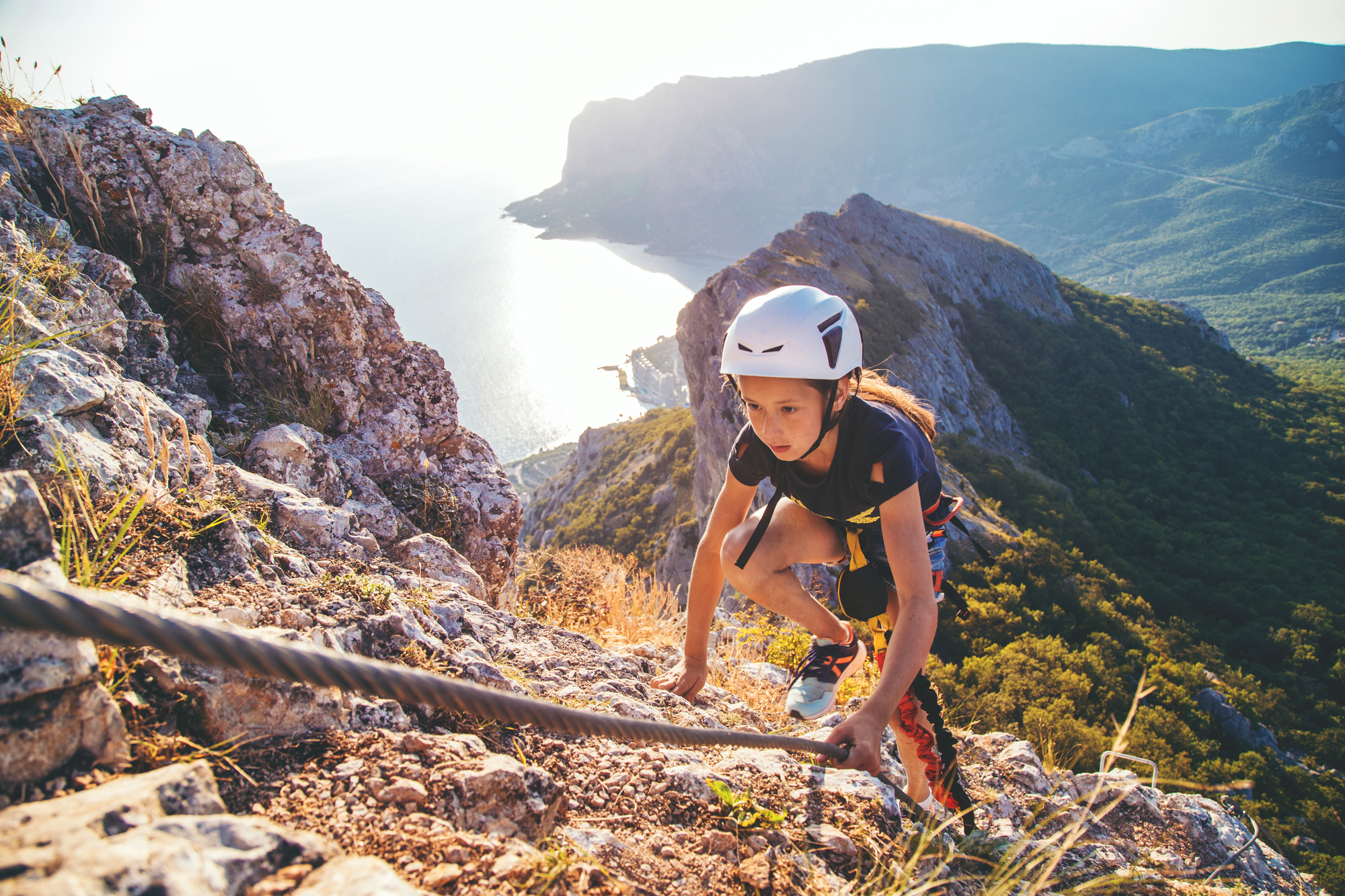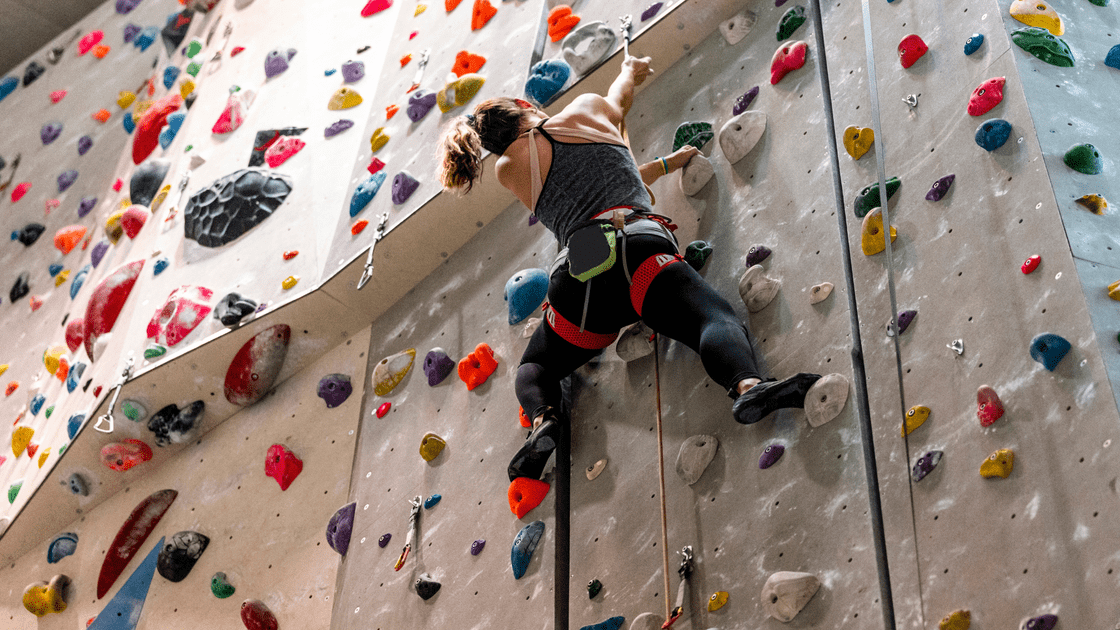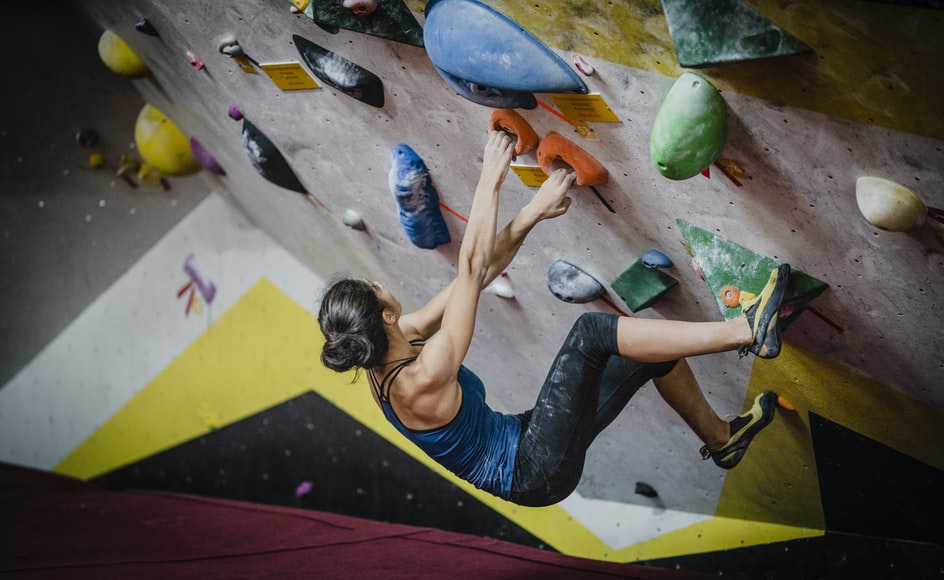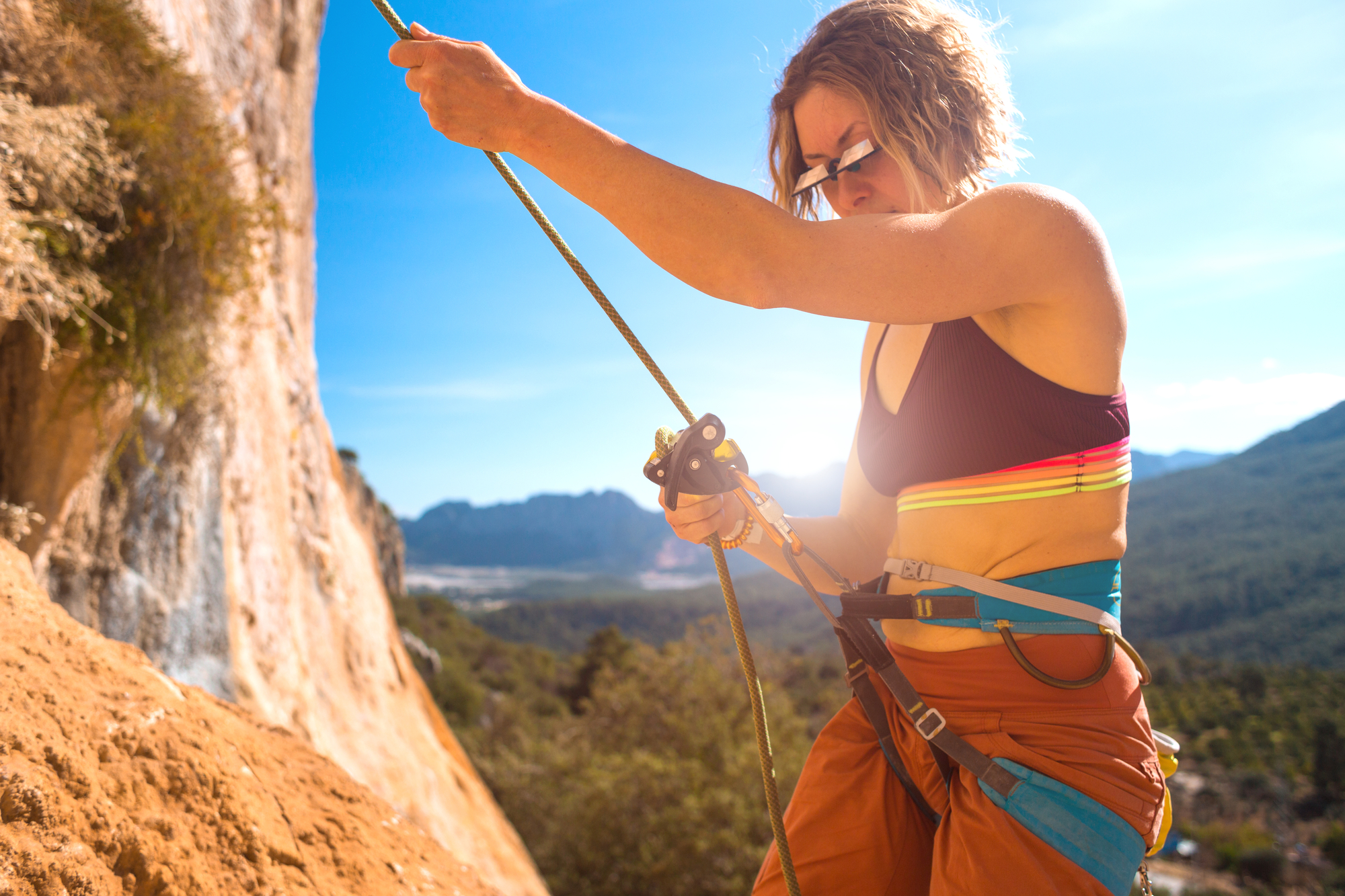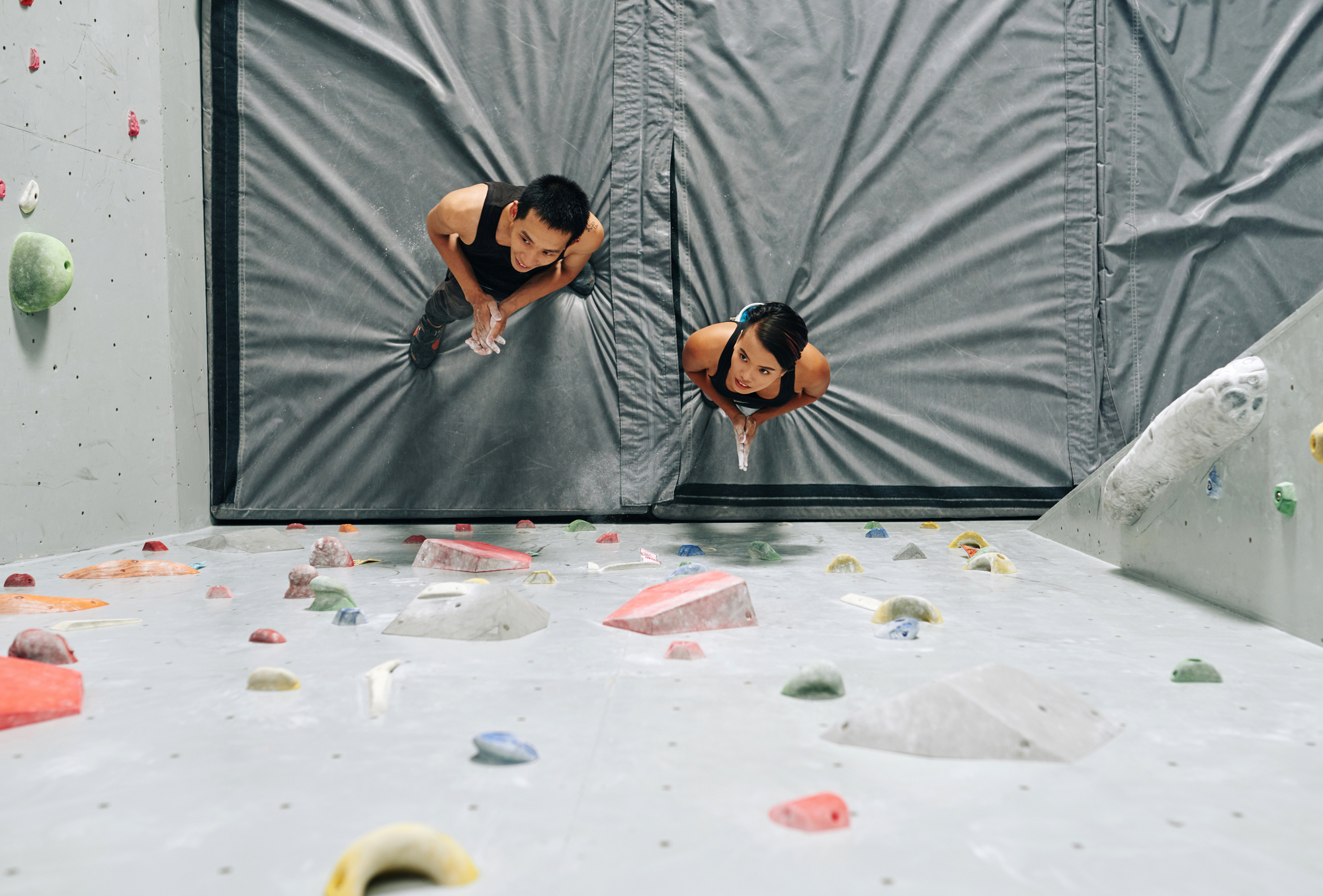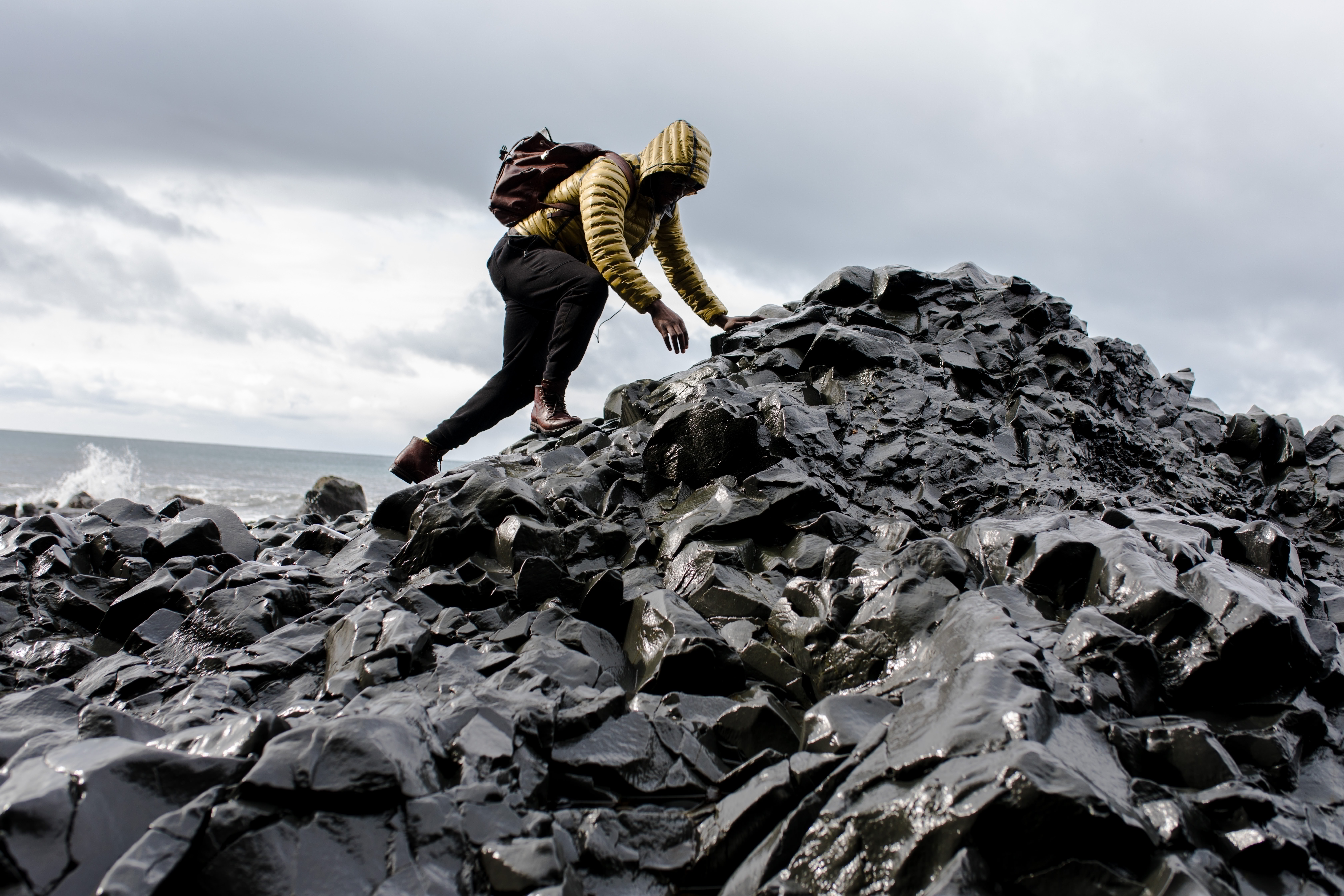When climbing a mountain, you worry about your safety and the effectiveness of the equipment you have and will use. One of the things that you want to learn about mountain climbing is the use of climbing anchors.
You may have heard the term “self-equalizing” anchor before. That sounds great, right? Every climber should get one since they “self-equalize”!
Well, not so fast.
While a self-equalizing anchor might sound like the perfect rig for any climber, they do have a specific use.
Here’s what you need to know about self-equalizing anchors, how to make them, and most importantly, when you should use them.
What is a Self-Equalizing Anchor?
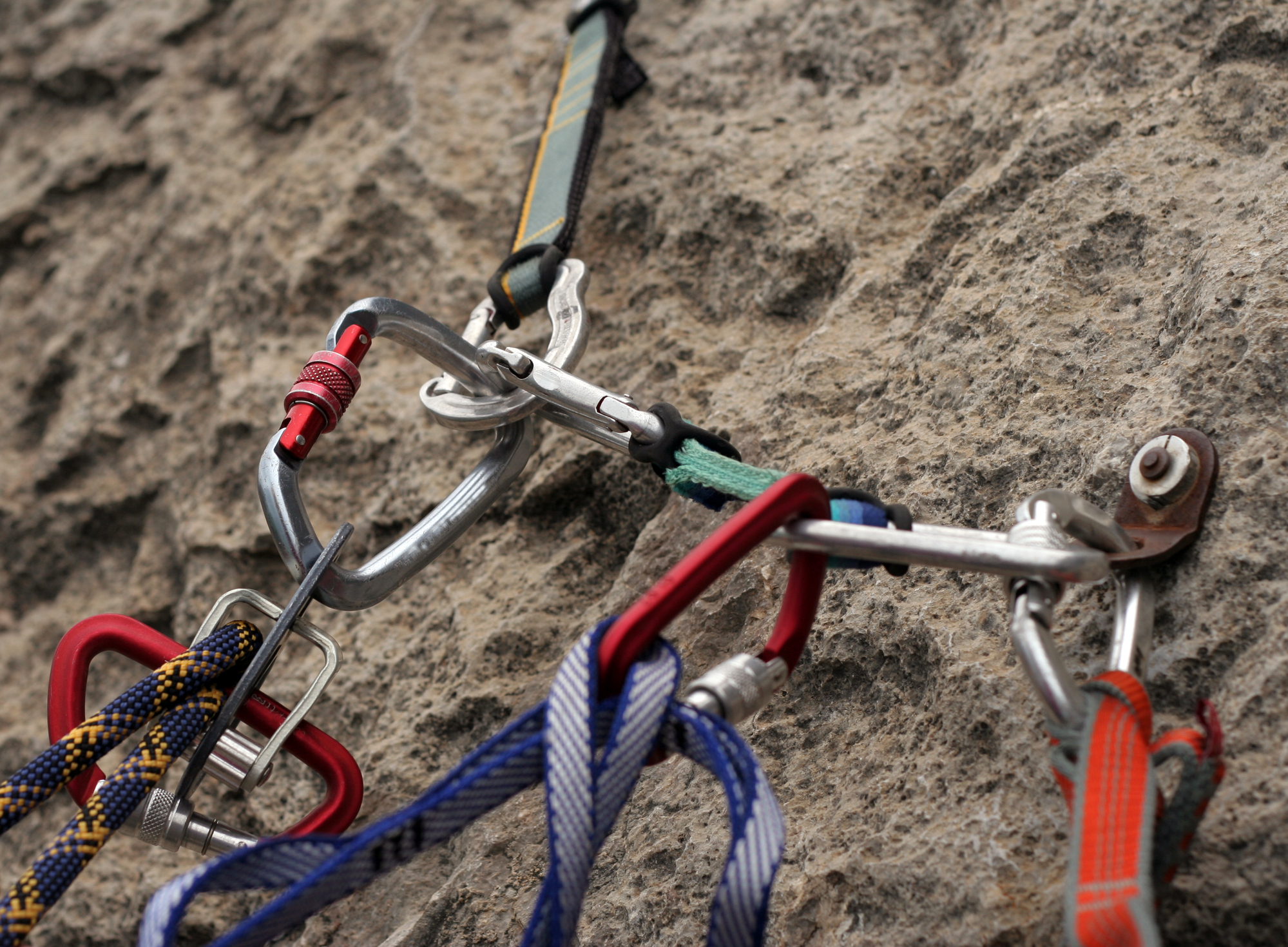
By adapting to shifts in the direction of pull, an anchor can be made to self-equalize, distributing the load among the anchor points equally. This is occasionally used when a route change during a rappel is required.
A self-equalizing anchor should only be used in emergencies because it will extend and shock-load the remaining points or even fail if one of the individual points fails.
Self-equalizing anchors are more frequently used in climbing situations where a dynamic rope reduces the potential shock load, and extension can be assessed and limited with careful system design.
It is less likely and not advised to use them in rescue systems where heavier loads and static rope connections are typical. Since these anchors cannot move diagonally under load, it defeats their primary purpose. They run the risk of extension hazards like shock loading and the focal point moving laterally in addition to vertically in the event of an anchor point failure. Utilizing load-sharing or non-self-equalizing systems can eliminate these risks.
Types and Methods of Self-Equalizing Anchor
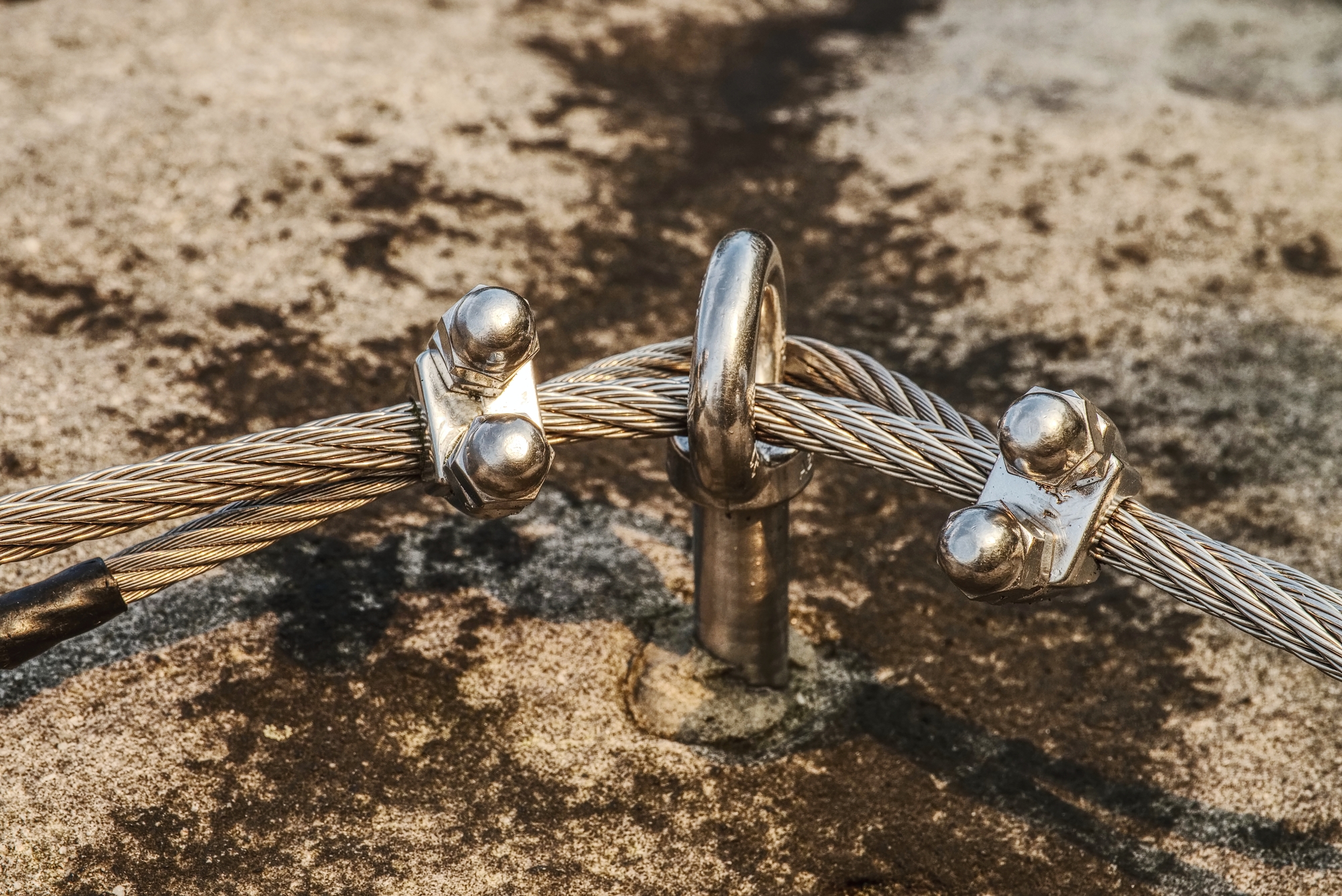
Sliding-X Method
This is a simple way of creating a self-equalizing anchor wherein it connects two anchor points that adjust depending on the direction of the pull. To make this: First, carabiners should be connected to one sling at each anchor point. And after the top section of the sling has been grasped and twisted halfway, a locking carabiner should be clipped into the twist and around the lower portion of the sling.
Quad Anchor Method
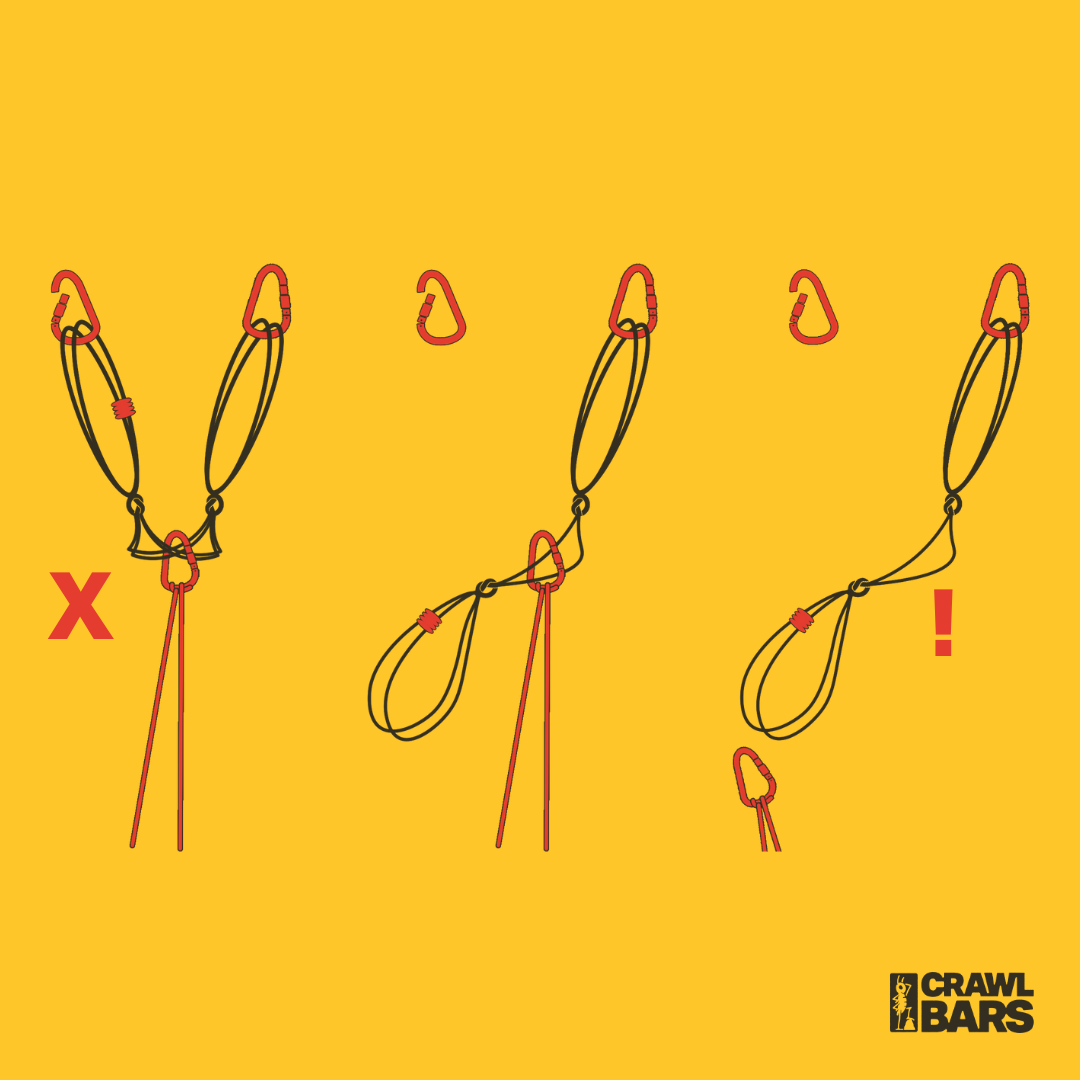
This is a fantastic choice at the summit of a sports climb where there are two bolts side by side. Contrary to the sliding-X method, this method is more complex to make.
1. Here, you need to double your cordellete so that it has four equal strands of length. The loop end closest to the double fisherman's bend should have locking carabiners inserted into both loop strands.
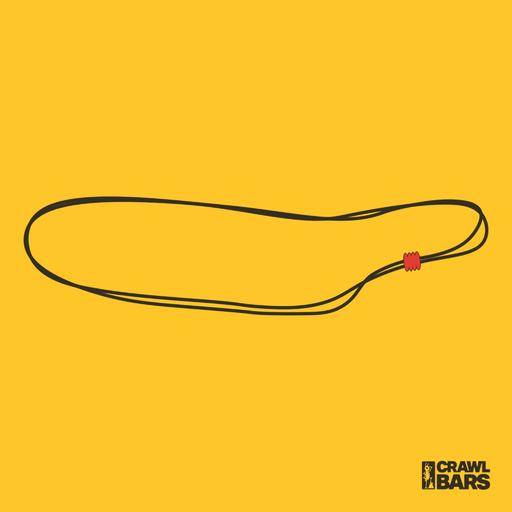
2. Insert the same carabiner into a bolt. Hold the other bolt with the opposite end of your cordelette loop. With your fist, grab the low point of the cordelette loop.
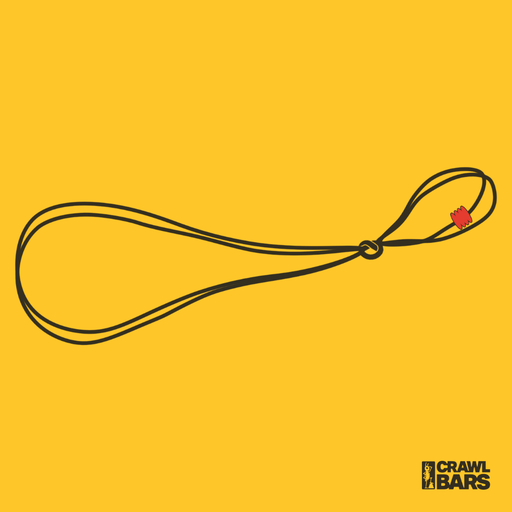
3. Tie an overhand knot 8" apart on either side of your fist and secure a locking carabiner to both strands of the free end of your cordelette loop. The remaining bolt should be connected with the same carabiner.
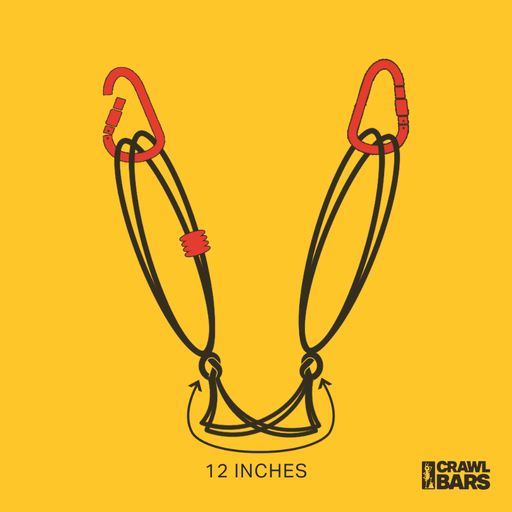
4. By attaching two opposed locking carabiners to three of the strands that run between the knots you tied earlier can leave the fourth strand freely and can start creating the point of your anchor in which the upper rope will be clipped in. If one side of the anchor fails, this setup will restrict the carabiners.
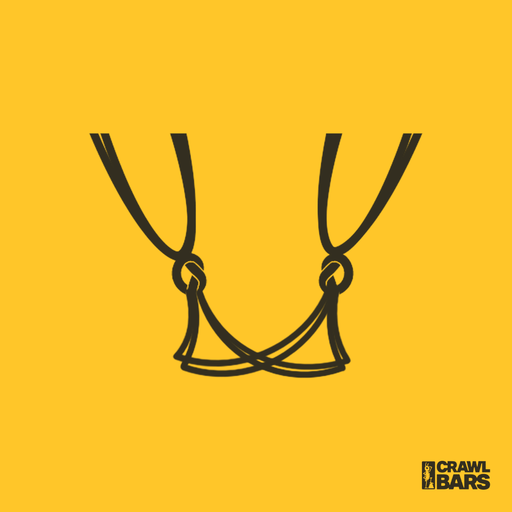
Equalette Method
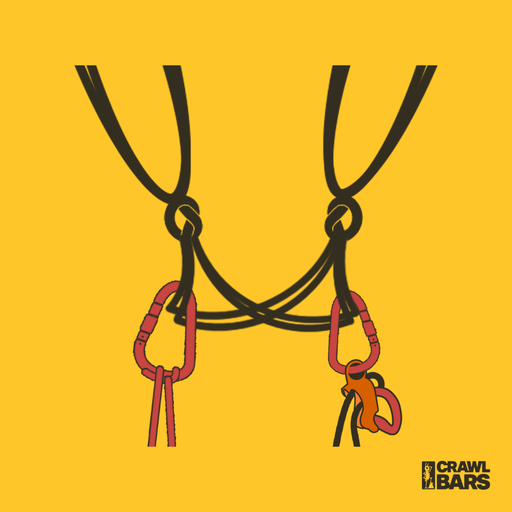
This method is also one of the ways to self-equalize an anchor, this is an effective way of self-equalizing an anchor, and it is commonly used in traditional mountain climbing.
When Should I Use a Self-Equalizing Anchor?
Okay, now it’s time for the million-dollar question: when should I use a self-equalizing anchor?
The answer is: it depends.
There are certain scenarios where a self-equalizing anchor is preferable, and others where you should go for a traditional or static anchor.
In cases where you have two straight pitches (up and down), you can go for a static anchor. However, if you have a pitch that wanders off a lot, tying off a sliding-x self-equalizing anchor is advantageous since you won’t need to worry if a piece falls off.
Ultimately, it comes down to your experience in recognizing when you should use a self-equalizing anchor.
Conclusion
Given the use of a self-equalizing anchor, it should only be used during sports missions mountain climbing. Moreover, only climbers with prior experience should attempt this setup.
Keep in mind that you should only use self-equalizing anchors when it is needed and necessary. Follow the steps mentioned above carefully to create a strong and stable anchor.
Happy climbing!

